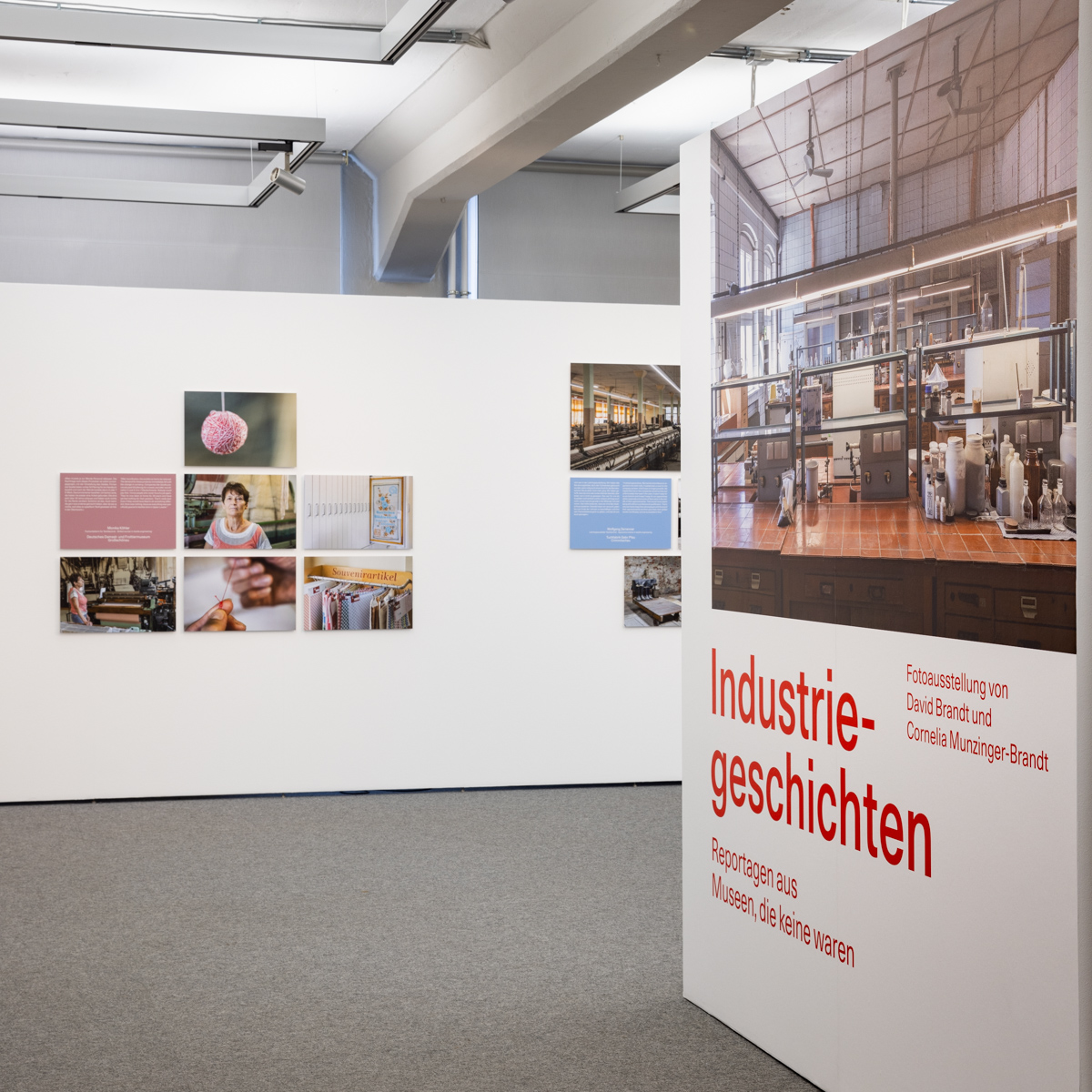The photo and video project by Cornelia Munzinger-Brandt and David Brandt shows "Reportages from museums that weren't museums" and focuses on people who experienced the transformation of industry after German reunification in a special way.
In large-format photos and accompanying quotes, 25 people are interviewed about their experiences of reunification. All of them worked in Saxon industrial companies, lost their jobs at the end of the GDR and later found their way back to their old jobs in a different way. In museums, support associations or initiatives, they preserve and maintain what remains of their former working environments. The protagonists provide an insight into their personal experiences of the reunification and post-reunification periods and the transformation processes that massively shook entire regions. In the exhibition, the reportages come together to form a larger picture of the systemic upheaval.
»After all, staff had to be cut at the turnaround. The demand for these products fell immediately with the change in currency. Companies like Quelle used to pay 50 pfennigs for a towel and after reunification it cost 5, 6 or 7 Deutschmarks. Nobody could pay that. I know people who never found a job again. They've been at home for over 30 years now and haven't earned anything for their pension. That's terrible. Even if they would have liked to do something else, but there was nothing, because everything was so specifically textile here in Upper Lusatia.«


The Peaceful Revolution and German reunification in 1989 and 1990 were followed by economic upheaval. For a large number of companies in Saxony's traditional industrial areas, there were no prospects in the market economy of the Federal Republic and a globalised world economy. They were liquidated and with them hundreds of thousands of jobs.


























